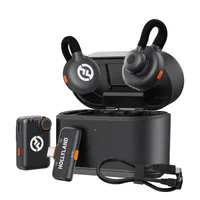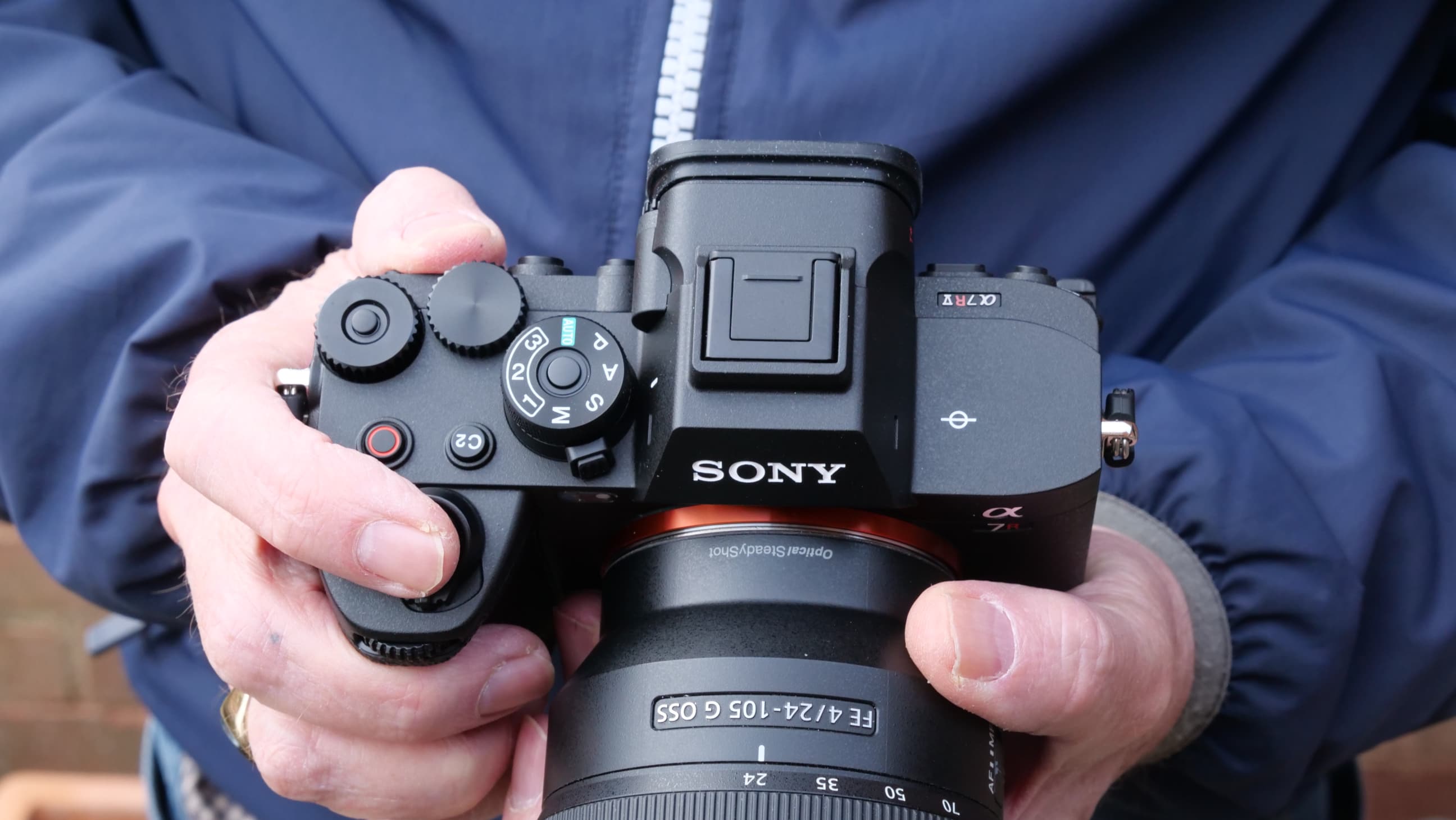Digital Camera World Verdict
With 32-bit float, noise cancellation, and plenty of recording time, this is a fully featured wireless microphone which is genuinely difficult to argue against. Adaptive gain means it seems unlikely you'll ever risk any sound being clipped, and the tone presets provide options too, but it's the improvements in the basics – range, battery, and size, that really win all the points.
Pros
- +
Smaller and lighter than Mic 2
- +
Many hours of recording built in
- +
Multi-cam support (8 RX / 4 TX) and timecodes
- +
Adaptive gain control
- +
Accessories fit on mics in the case
Cons
- -
Possibly overkill for simple vlogging
- -
No separate lavalier (tie clip) mic
Why you can trust Digital Camera World
DJI microphones are often seen in YouTubes and other online videos, and the company offers two distinct categories, a simple 'Mic Mini' wireless mic which can plug straight into a phone (or link directly with some of the company's action cameras), and a higher-specification option – until this new Mic 3 came along that was the Mic 2.
Both microphones series feature built-in batteries and a charging case that tops up their power, but the premium offering – and this is that – distinguishes itself with a more extensive feature set. Both feature active noise cancellation, so what can possibly be offered over the already impressive predecessor?
Firstly the Mic 3 now features 32GB built-in storage and two adaptive gain controls in order to prevent spikes and clipping in loud environments as well as consistent performance in studio-like spaces. It also brings tone presets for richer or brighter-sounding voices. The Mic records in lossless 48kHz 24-bit directly to the receiver (RX), as well as recording dual files for safety in 24-bit or 32-bit floating point. Anything, DJI says, "from a whisper to a shout."
The system also boasts dual file recording, quadraphonics (working with Sony systems), and timecode support.
DJI Mic 3: Price
DJI Mic 3 will cost £259 in the charging case with dual mics and a 1RX, or £199 for 1TX + 1RX at launch, which is competitive with other premium microphone solutions. It is available to order from the launch of August 28 2025, and the pricing essentially says 'this is the higher tier, it can do everything, get the Mic Mini if you're just using your phone.'
DJI Mic 3: Specs
Range | 400m |
Battery Life | 8 hours (RX), 10 hours (TX), and 28 hours (case) |
Storage | 57 hour 24-bit |
Connectivity | DJI OsmoAudio™, 3.5mm TRS, 3.5mm TRRS monitoring, USB-C |
Weight | TX: 16g |
Size | TX: 29 x 28 x 16mm with magnet |
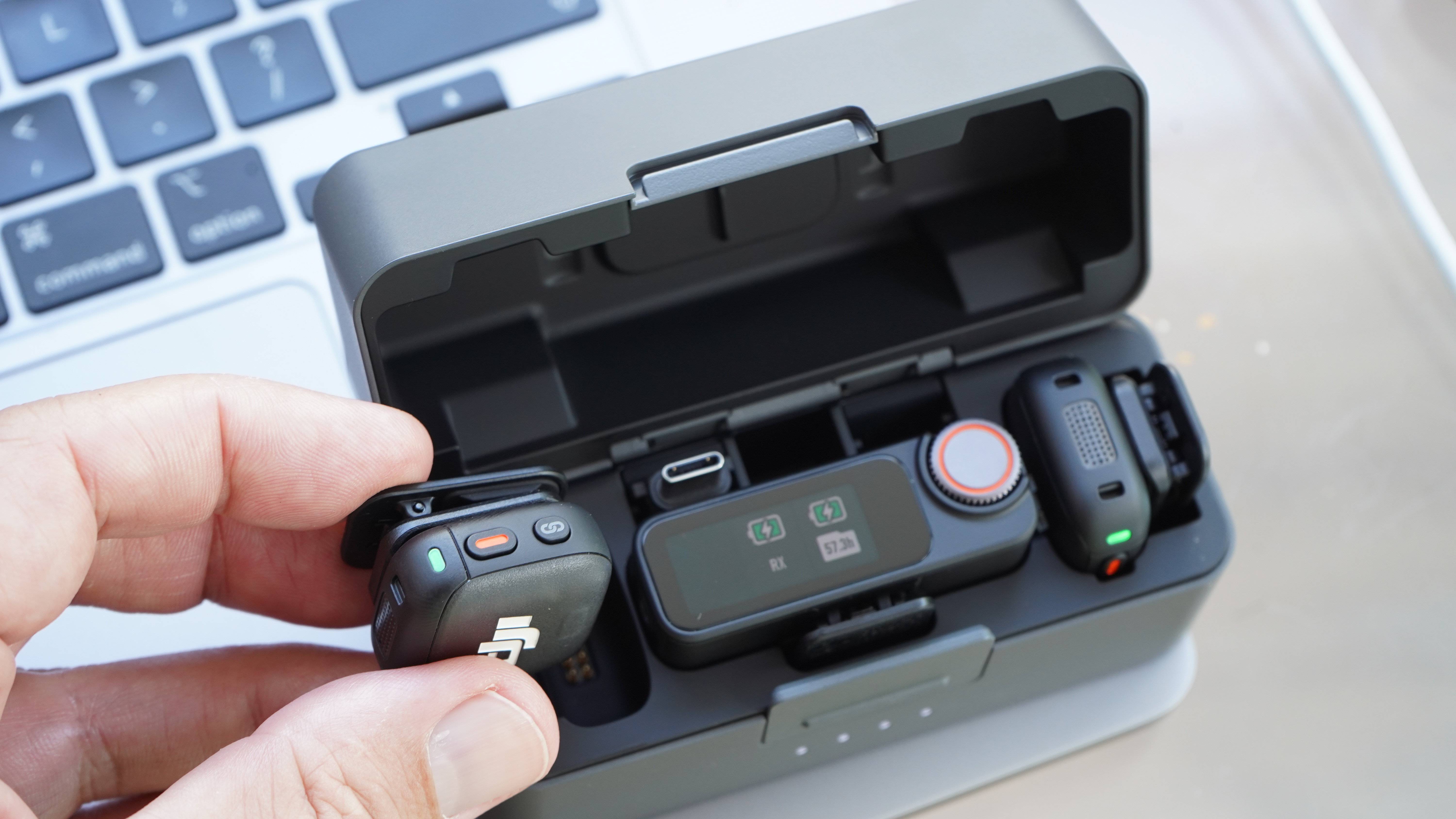
DJI Mic 3: Build and handling
The DJI Mic 3 brings with it the same robust feeling that its predecessor boasted, with a metallic charging case completing a thoroughly premium feel. At the front is a solid catch which will keep it closed for transit – again, much like its predecessor – and beneath that are four while pinprick LEDs which serve to indicate battery charge progress when the device is plugged into a USB-C (the port for which is on the rear).
The case is slightly bigger than it needs to be in the 2TX version I tested which is really useful, because there is room in the lid to keep the little magnets used to hold the microphone onto clothing, and there is no need to remove the windshield (small 'dead cat') from the top of the mic/TX unit when placing them in the case should you not wish to.
The best camera deals, reviews, product advice, and unmissable photography news, direct to your inbox!
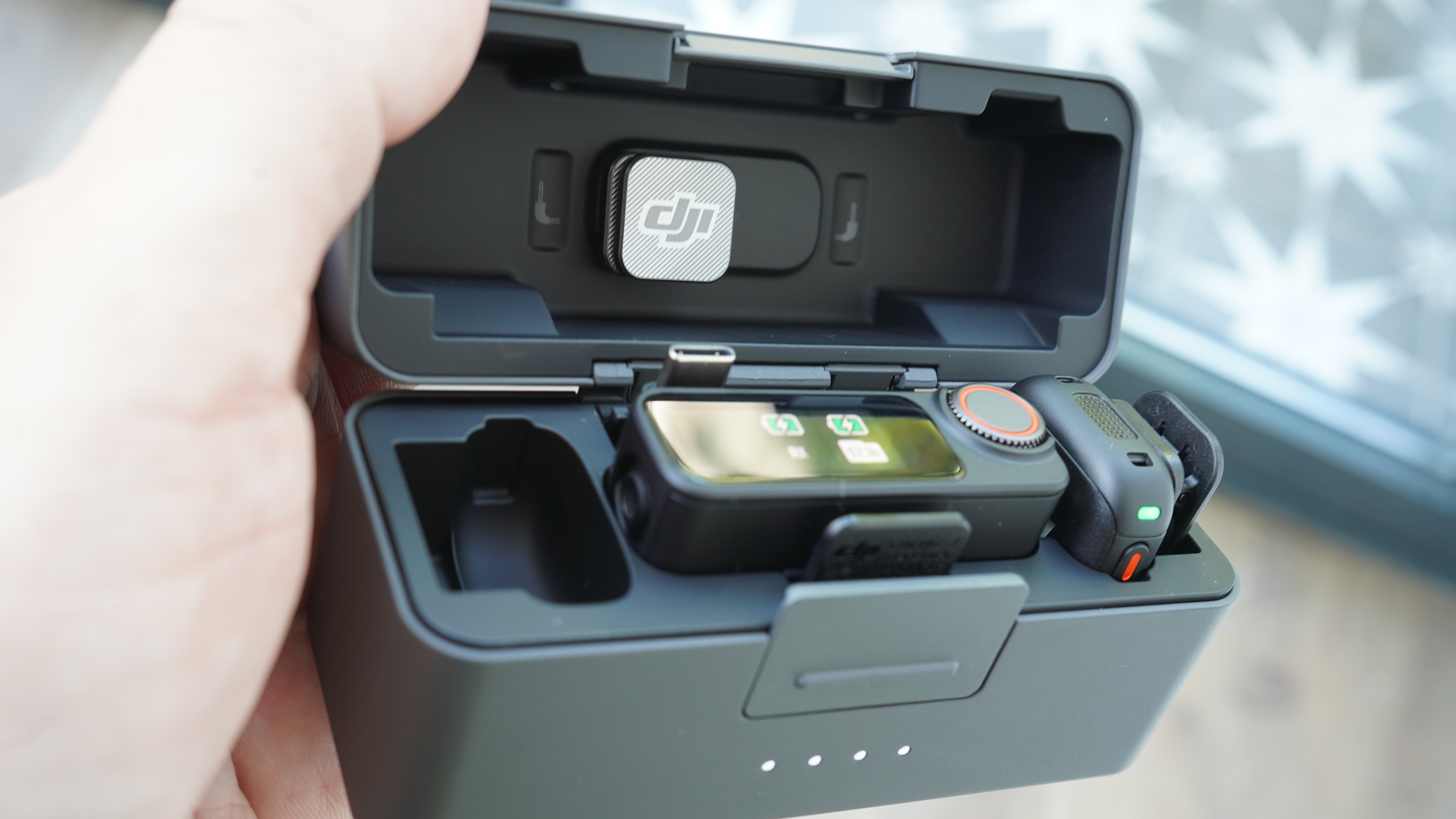
On the subject of the furry shields, there were two a gray and a black ones in the box, but DJI are also offering other colors this time. There is, however, nowhere on the new Mic 3 TX for a plug-in lavalier mic. The predecessor had the option of an old-school tie clip connecting to the TX – it seems DJI have now accepted that the TX with built-in Mic is so small this is effectively pointless, especially with the option of a clip or magnet.
On opening the case, as well as TX (transmitter/mics), you also find the receiver (RX), which is a complex device that can be attached to whatever your recording device – be it a phone via USB-C or a camera via a shoe mount.
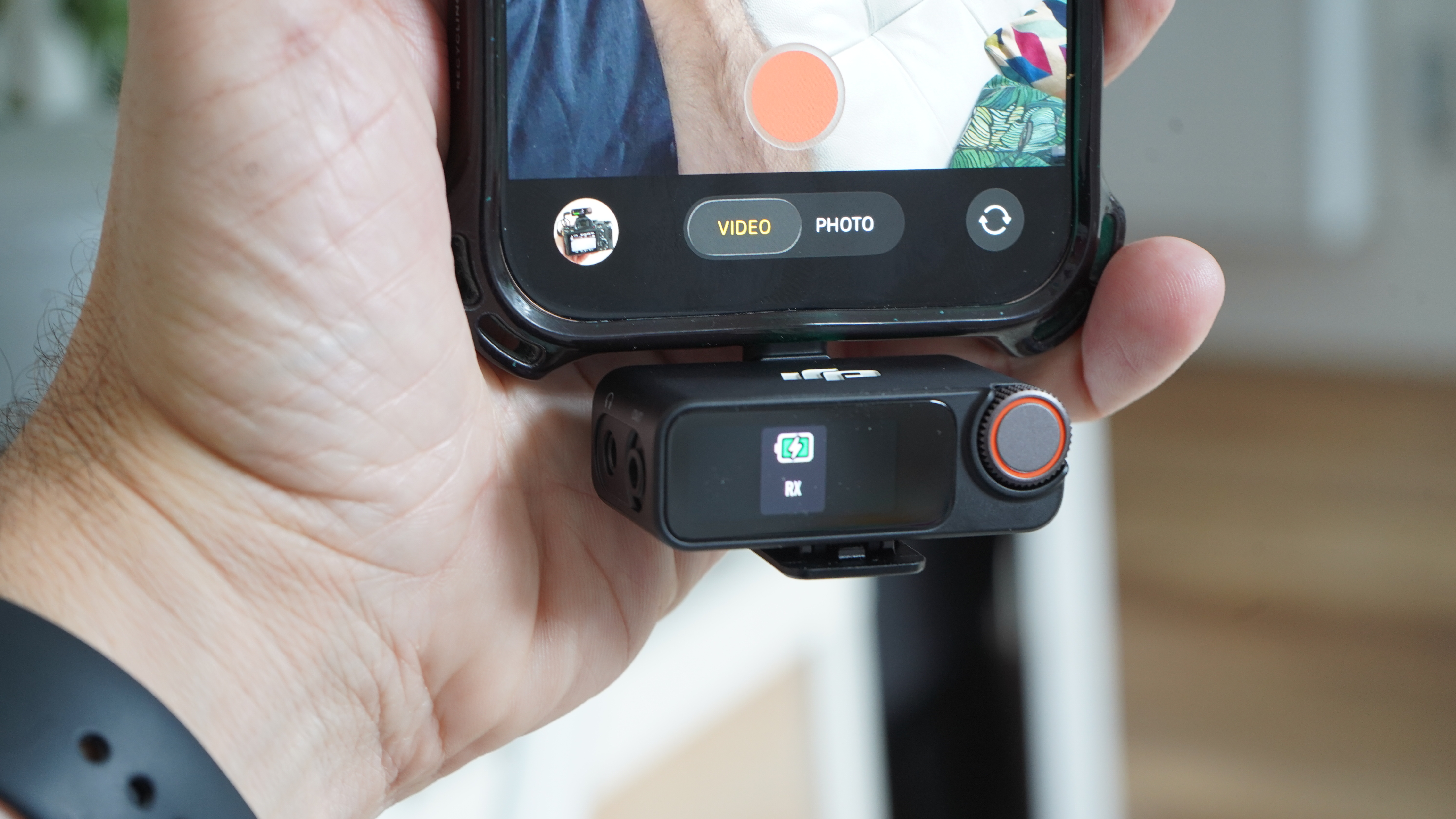
The RX has a small and sharp OLED touchscreen on the back which can be used to set the clock (so the files have the right metadata), but that's only the beginning of the precision available – timecodes are an option too.
The base of the RX has a slide-in, slide-out attachment which can either be home to the clip, which slides into a camera shoe, or the USB-C socket which allows for live connection to, say, an iPhone for recording. While there is a monitor and output socket at one end, the opposite side of the RX has not only a power button but a mechanical lock button which – when pressed – makes it easier to slide the attachment out. This is much appreciated, as this could get a bit stiff otherwise.

If you don't get the audio directly from the video recording device, you'll find it is also recorded on the Mic 3's internal memory, and all that you need to do is plug it in via USB-C to a computer and find the file (why it's a good idea to set the time, or the metadata will be confusing!)
I found this process didn't work for me every single time – though for that I blame MacOS a little more than the mic. Unplug and re-plug and the box was visible, no problem, just like any other external drive full of .wav files. The type recorded (for me anyway – I know I could have used an app) most easily adjusted using the RX's touchscreen.
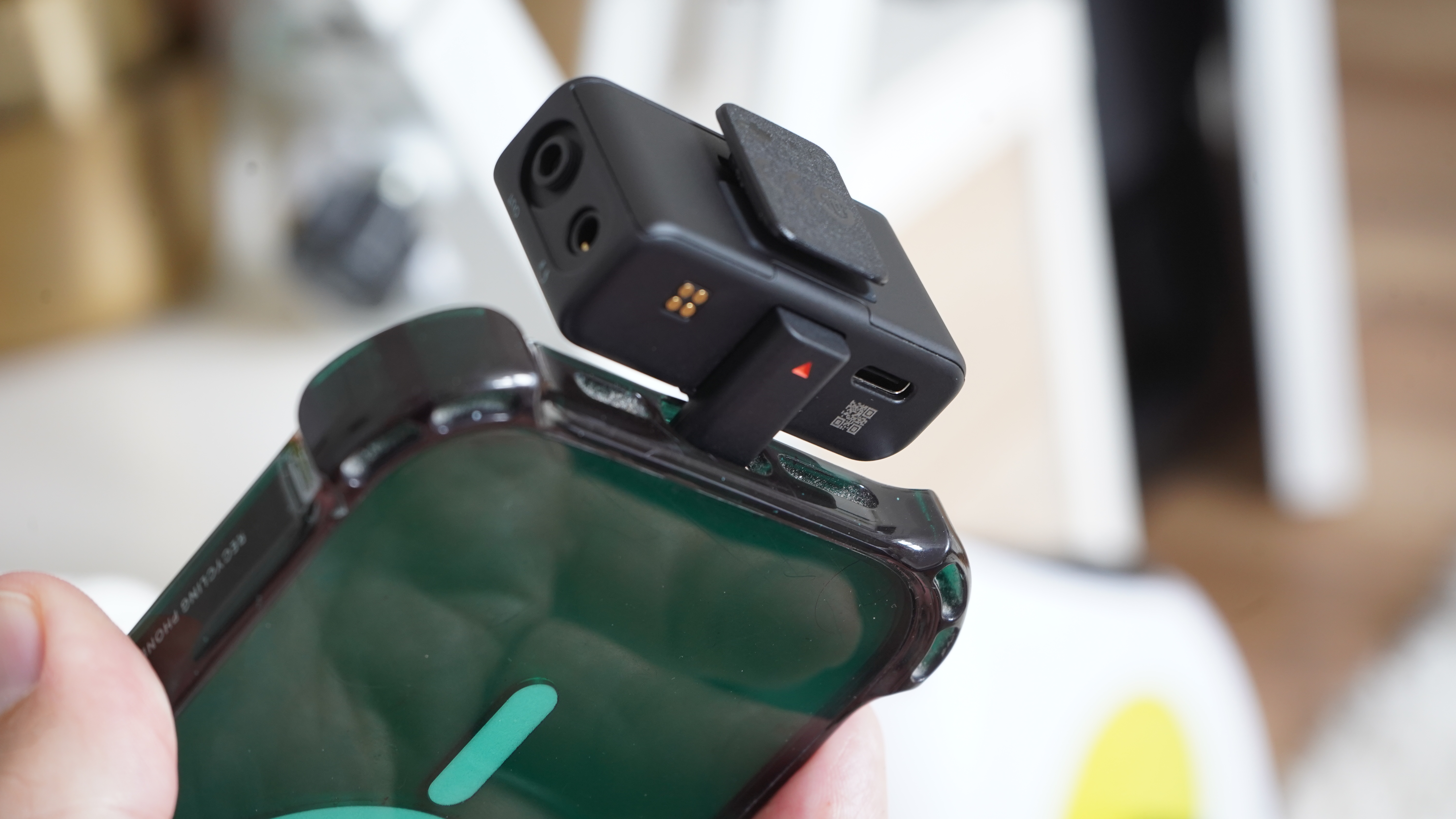
A nice feature is the ability to record dual tracks for each mic, the original and the version to which you've applied enhancement (there are three voice enhancement options by algorithm, Regular, Rich & Bright).
The addition of a Dynamic Mode in the adaptive gain is also handy for those seeking to get away with a single microphone between two speakers – you can get away with putting the mic a few feet from both people and it handles any uneven loundness.
All the time, there is still a nice physical round manual gain control knob on the reciever.
DJI Mic 3: Performance
In something which will come as no surprise to users of its predecessors, the DJI Mic 3 delivers excellent performance, not only when it comes to sound quality, but also in maintaining its signal in the promised range. The dual-band system seemed to ensure no interference for me.
In terms of connectivity, I was also impressed that, thanks to the USB-C socket on the back of the RX, the device could also easily be plugged into my Mac and serve as a mic for the computer system. It's very flexible.
Mostly, I tested the Mic 3 by recording a pieces to camera, using my phone or my camera. To get an idea of the full range, I also recorded my fiancée. She is a former session singer for Duran Duran, among many singing gigs, so has a slightly better vocal range than me! The latter gave a great opportunity to hear that the Mic truly lives up to its promises when it comes to the Mic's recording range, with no evidence of distortion at the bottom all the way up, and perhaps only the smallest bit at the very, very top, despite the compact size.
That was a tiny bit more apparent when we turned the noise reduction on in a quiet room, but on the other hand, the noise reduction was able to handle the sound of a busy washing machine when we tested it in the same room, so (as ever) my advice would be to use the noise reduction as needed – it's good but it may slightly challenge the sound resolution.
The performance of the battery charging seemed prompt to me, too. If you keep the TX and RX in the box at lunch and overnight, then it seems likely you can use it all weekend without issue, which impressed me.
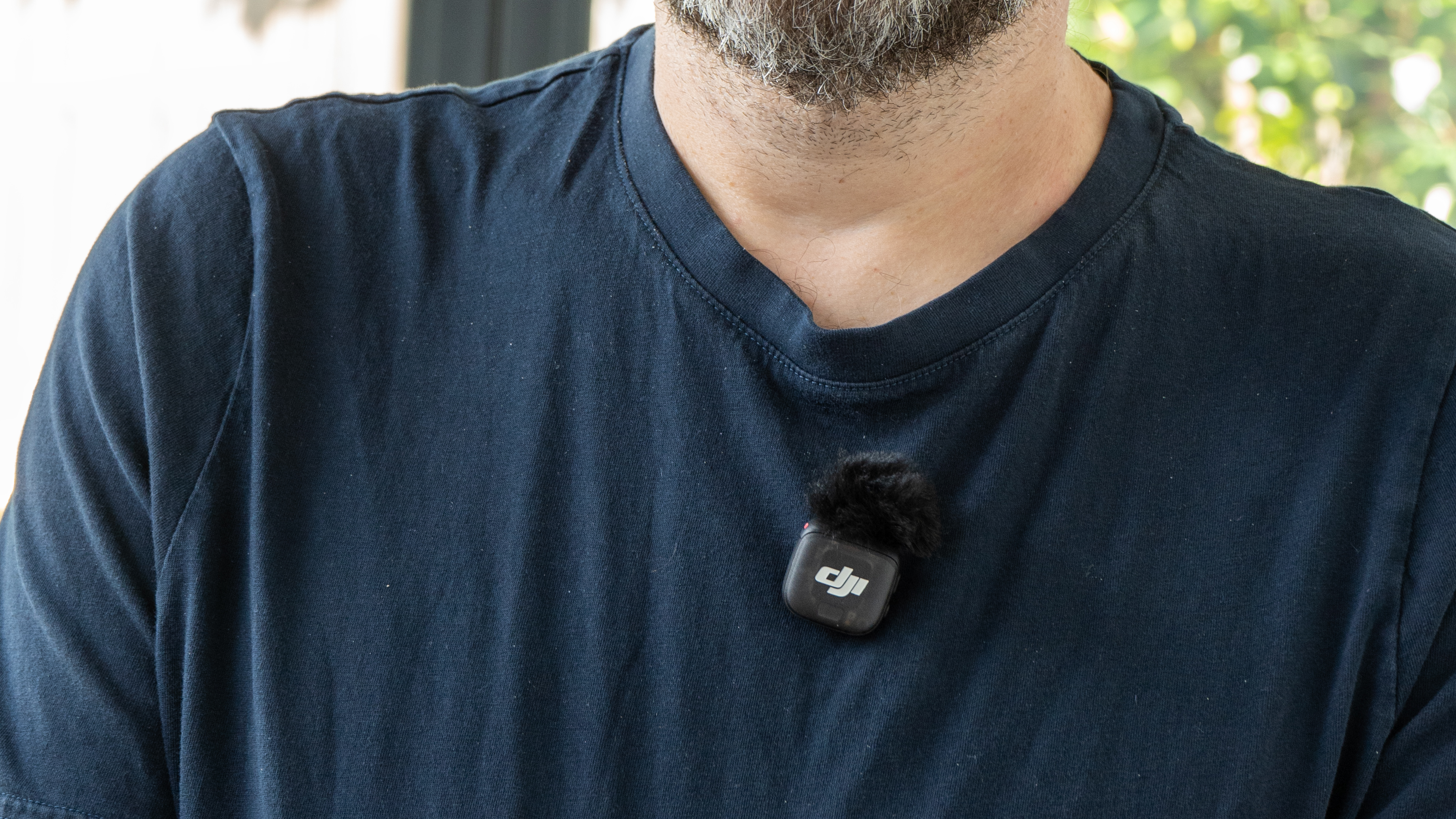
DJI Mic 3: Overall Verdict
Using the DJI Mic 3 is not a huge surprise for those familiar with its predecessor, though the notable arrival of an 'unlock' button on the RX means you don't feel you're putting anything at risk when re-configuring from USB-C to camera shoe mode, which I like.
The vast internal storage makes the device feel more generous as well as more refined than its predecessor, while features we've seen before – the OLED touchscreen controls – still feel very premium thanks to thoughtful ease of use. The generous storage mens using the 32-bit float doesn't pose a worry either, which is good; being able to adjust peaking later is the main advantage of this tech (not that I experienced much with it).
DJI has upped the spec here beyond what might be needed by many solo creators or small teams with features like timecodes, but the core of the Mic 3 is also better than ever before. The quality is outstanding, and the simple convenience of a microphone with a safety track and enough recording time to get two or three days worth of sound without having to stop and transfer is hard to argue with.
Features | Boasting not only the storage and power you need, but extras like handling quadraphonic sound, this is an impressively equipped device. |
Design ★★★★☆ | The Mic 3's hard plastic case is so rugged it feels almost metallic. It is not only robust, but has the space you need to move the key accessories (magnets and windshields). |
Performance ★★★★☆ | Near-flawless audio and almost every time I was able to plug it in an quickly download the files for editing. Charging reliable in my tests. |
Value ★★★★☆ | Not the cheapest, but perhaps the best specified and most elegant in the category. |
DJI Mic 3: Alternatvies
Though a little bulkier, the Sennheiser Profile Wireless also boasts USB-C or 3.5mm connectivity and a decent wireless range, the ability to record a safety track, and a monitor socket – and the pricing is quite appealing too.
An alternative to magnets, the Hollyland Lark M2S is a clip-on wireless mic aimed at the phone market. It has a smaller RX, which fits into the phone, and a charging case that is also even more portable, though the price you pay is that it isn't designed to work with cameras too.
How I tested the DJI Mic 3
I tested the Mic 3 over several weeks, recording speaking and singing voices and recording devices. I used a Sony A7iii, a iPhone, a MacBook Pro, a DJI Action 5 Pro, and a DJI Osmo 360 as devices to connect to.
I updated the firmware, but it is likely there will be new firmware updates following the release.

With over 20 years of expertise as a tech journalist, Adam brings a wealth of knowledge across a vast number of product categories, including timelapse cameras, home security cameras, NVR cameras, photography books, webcams, 3D printers and 3D scanners, borescopes, radar detectors… and, above all, drones.
Adam is our resident expert on all aspects of camera drones and drone photography, from buying guides on the best choices for aerial photographers of all ability levels to the latest rules and regulations on piloting drones.
He is the author of a number of books including The Complete Guide to Drones, The Smart Smart Home Handbook, 101 Tips for DSLR Video and The Drone Pilot's Handbook.
You must confirm your public display name before commenting
Please logout and then login again, you will then be prompted to enter your display name.



